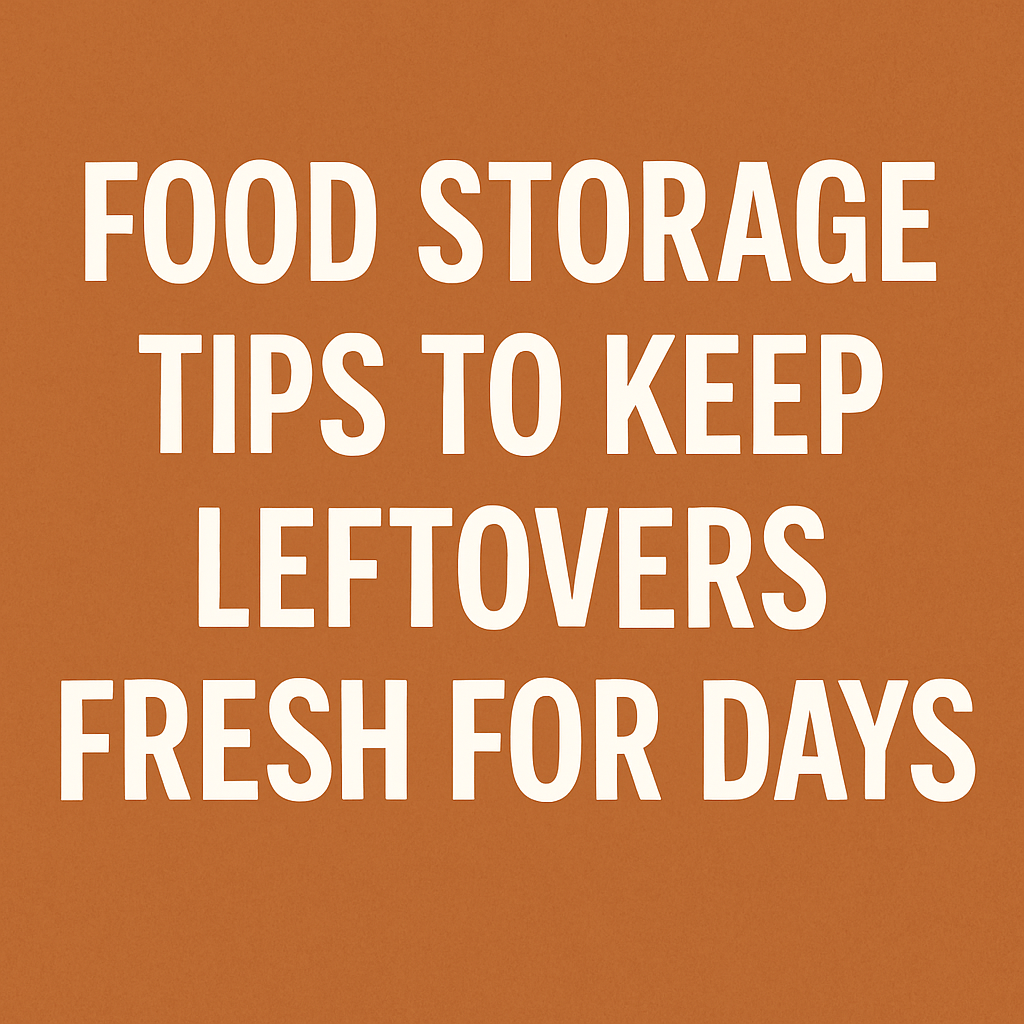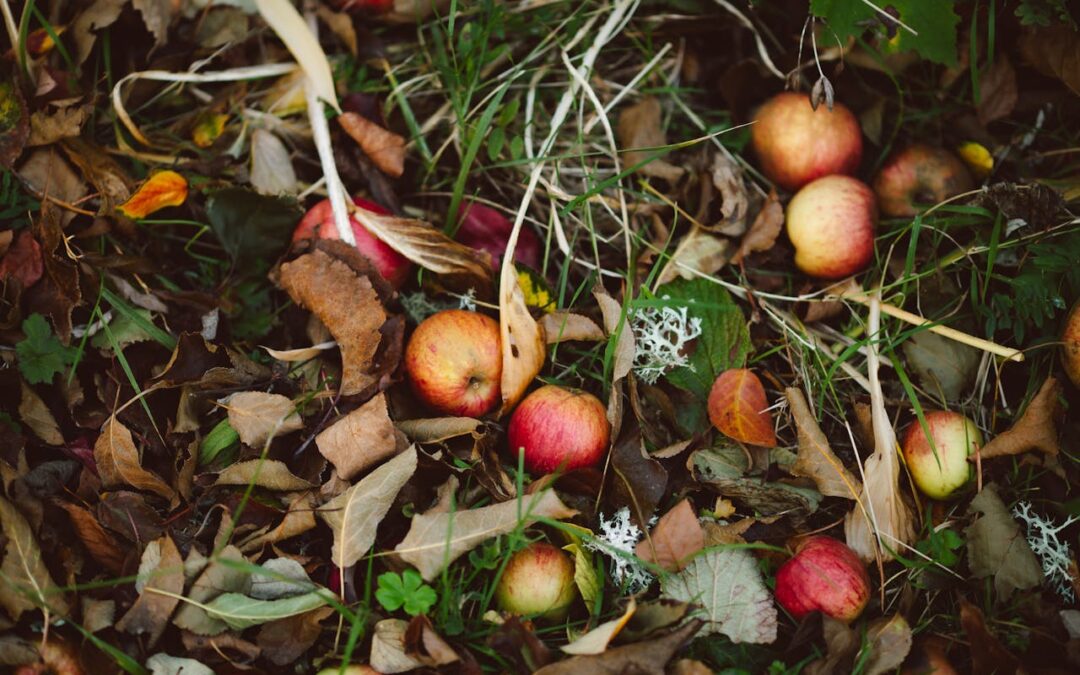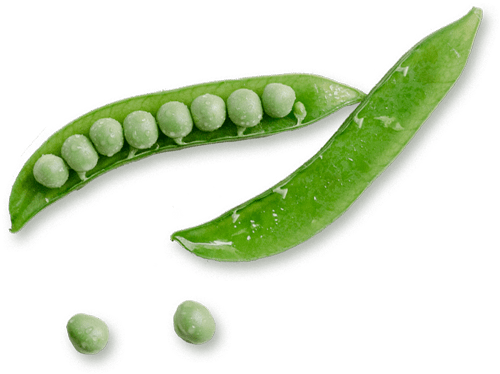This post contains affiliate links. If you purchase through these links, I may earn a small commission at no extra cost to you.
Proper food storage after cooking is crucial for maintaining freshness and flavor while also preventing foodborne illness and reducing waste. I can’t tell you how many times I get personally upset when I have to throw out leftovers that were never eaten which is waste on its own. But still being able to keep your leftovers fresh in your fridge for the remainder of a week can go a long way in helping with future dinners! Whether you’ve prepared a hearty pasta dinner or grilled fresh vegetables, following the right refrigerator storage methods can extend your meals’ lifespan and preserve their nutritional value. Here are essential food storage tips to help you maximize the freshness of your cooked foods.
The Golden Rules of Food Storage
Before diving into specific food categories, understanding basic refrigerator food storage tips is essential. Always cool cooked food to room temperature within two hours of meal preparation, then refrigerate promptly. Store foods in airtight containers or wrap them securely to prevent cross-contamination and moisture loss. Label containers with dates to track freshness, and maintain your refrigerator temperature at or below 40°F (4°C) for optimal food safety.
Storing Cooked Meat: Maximizing Protein Preservation
Cooked meat requires careful attention to maintain both safety and quality. These food storage tips for meat will help preserve your protein investments:
Cool Quickly and Store Properly: Allow cooked meat to cool completely before refrigerating, but don’t leave it at room temperature for more than two hours. Slice or portion larger cuts into smaller pieces to facilitate faster cooling and easier reheating later.
Use Airtight Containers: Store cooked meat in shallow, airtight containers or wrap tightly in plastic wrap or aluminum foil. This prevents air exposure that can lead to oxidation and off-flavors. Glass containers work exceptionally well for maintaining meat quality.
Optimal Placement: Store cooked meat on middle or lower refrigerator shelves where temperatures remain most consistent. Avoid storing near the door where temperature fluctuations occur frequently.
Timeline Management: Most cooked meats stay fresh for 3-4 days when properly stored. Ground meat dishes should be consumed within 1-2 days, while whole cuts like roasted chicken or beef can last up to four days. Always reheat to 165°F (74°C) before consuming.
Fresh Fruit Storage: Preserving Natural Sweetness
Cooked and prepared fruits need different storage approaches than their raw counterparts. These food storage tips will help maintain fruit quality:
Separate by Type: Store cooked fruits separately from raw produce to prevent premature ripening and spoilage. Cooked fruit compotes, baked apples, or fruit sauces should be stored in clean, airtight containers.
Control Moisture: Excess moisture accelerates spoilage in cooked fruits. Use paper towels to absorb excess liquid, or store fruits in containers with ventilation holes if they tend to release moisture.
Temperature Considerations: Most cooked fruits benefit from refrigerator storage and typically maintain quality for 3-5 days. Fruit-based desserts or sauces may last slightly longer due to added sugars that act as natural preservatives.
Vegetable Storage: Maintaining Nutritional Value
Properly stored cooked vegetables retain more nutrients and taste better when reheated. Follow these vegetable food storage tips:
Avoid Overcooking Initially: Slightly undercook vegetables if you plan to store and reheat them later. This prevents them from becoming mushy after reheating and helps maintain their nutritional content.
Use Shallow Containers: Store cooked vegetables in shallow containers to ensure even cooling and prevent condensation buildup. Deep containers can create hot spots that promote bacterial growth.
Separate Components: If you’ve prepared mixed vegetable dishes, consider storing different vegetables separately when possible. Root vegetables like carrots and potatoes often store better than leafy greens or delicate vegetables like zucchini.
Timing Guidelines: Most cooked vegetables maintain quality for 3-5 days in the refrigerator. Leafy greens and delicate vegetables should be consumed within 2-3 days, while heartier vegetables like roasted root vegetables can last up to five days.
Pasta Storage: Preventing Soggy Disappointments
Pasta presents unique storage challenges, but these food storage tips will help maintain texture and flavor:
Cool Completely: Allow cooked pasta to cool to room temperature before refrigerating. Hot pasta creates condensation that can make stored pasta soggy and promote bacterial growth.
Add Light Oil Coating: Toss cooled pasta with a small amount of olive oil to prevent sticking. This creates a protective barrier that maintains pasta texture during storage.
Store Sauce Separately: When possible, store pasta and sauce in separate containers. This prevents the pasta from absorbing excess moisture and becoming mushy. You can combine them during reheating for optimal texture.
Container Selection: Use containers that closely match the amount of pasta you’re storing to minimize air exposure. Wide, shallow containers work better than deep, narrow ones for even cooling and reheating.
Reheating Best Practices: Add a small amount of water or broth when reheating stored pasta to restore moisture and prevent sticking. Pasta typically maintains quality for 3-5 days when properly stored.
Additional Storage Success Strategies
Beyond specific food categories, these general food storage tips will improve your overall success:
Invest in Quality Containers: Glass containers with airtight seals provide superior storage compared to plastic alternatives. They don’t retain odors, are easy to clean, and allow you to see contents clearly.
Practice First In, First Out: Use older stored foods before newer ones to prevent waste and ensure you’re consuming items at peak quality.
Monitor Temperature: Regularly check your refrigerator temperature with a thermometer. Consistent temperatures below 40°F are crucial for food safety and quality preservation.
Keep Storage Areas Clean: Regularly clean containers and refrigerator shelves to prevent cross-contamination and odor transfer.
Conclusion
The bottom line is if you can follow proper food storage tips your life will be transformed! (OK, maybe not). But you will lessen your normal cooking routine and find that you have more time for binging your favorite show on Netflix 🙂
By understanding how different foods respond to refrigeration and following appropriate storage methods for meat, fruits, vegetables, and pasta, you’ll enjoy fresher leftovers, reduce food waste, and maintain food safety standards.
Remember that when in doubt, trust your senses – if stored food looks, smells, or tastes off, it’s better to discard it than risk foodborne illness. With these strategies, your refrigerator becomes a tool for extending meal enjoyment rather than just a temporary holding space.






0 Comments